The Google Flu Trends application has received negative press since 2013 over its inability to accurately detect flu outbreaks. The latest critique, “The Parable of Google Flu: Traps in Big Data Analysis,” from Science magazine compares Google Flu Trends data to CDC data and dissects where the Google analysis went
Uncategorized

STEM skills are essential for many of the fastest-growing and most lucrative occupations. And SAS programmers are in high demand in all fields. A number of reports have documented a critical talent shortage, especially for graduates with advanced degrees in math, computer science or computer engineering. (See Running on Empty, Report to
These two tutorial videos will show you how to filter and sort data in Base SAS. In this first video, you will learn to use a WHERE statement in Base SAS to filter or subset SAS data. Data sets can be very large and filtering data enables you to select

Hoy en día la visualización de datos está siendo el tema central cuando hablamos de big data, analítica e inteligencia de negocios. El tamaño, la velocidad y la variedad de sus datos están creciendo cada vez más rápido, y el mundo del análisis avanzado está cambiando, ¡su compañía no se

Es ist nicht zuletzt das Stichwort Big Data, das bei vielen Unternehmen das Thema Analytics auf die Agenda gebracht hat. Egal woher die Datenmengen kommen, es ist sonnenklar: erstmal wegspeichern hilft nicht viel – es muss schon ein Nutzen daraus gezogen werden. Von der Erkenntnis bis zur Umsetzung ist es
While big data is rife with potential, as Larry Greenemeier explained in his recent Scientific American blog post Why Big Data Isn’t Necessarily Better Data, context is often lacking when data is pulled from disparate sources, leading to questionable conclusions. His blog post examined the difficulties that Google Flu Trends
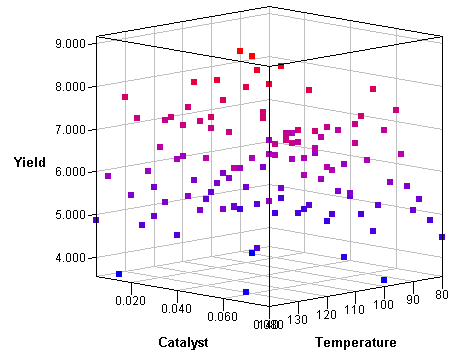
When I visualize three-dimensional data, I prefer to use interactive graphics. For example, I often use the rotating plot in SAS/IML Studio (shown at the left) to create a three-dimensional scatter plot. The interactive plot enables me to rotate the cloud of points and to use a pointer to select

As teachers head into the madness of student course registration, the madness of college basketball reinforces a critical point: Data is crucial to making the picks that lead to a winning bracket, and student growth. Value-added assessment has proven reliable in determining which students are ready for their "one shining moment". This

“My goal is to constantly improve the quality and stability of our software while at the same time innovating,” said Vice President of SAS Resarch and Development Armistead Sapp yesterday at the SAS Global Forum Technology Connection. Hosted by Product Management Director Michele Eggers, the Technology Connection focused not only on

“Within ten to fifteen years, the typical US mall, unless it is completely reinvented, will be a historical anachronism—a sixty-year aberration that no longer meets the publics’ needs, the retailers’ needs, or the community’s needs.” So proclaimed Rick Caruso, founder and CEO of Caruso Affiliated, a retail/commercial real estate development
I enjoy human kids. When I’m not working, they’re a lot of fun to be around. Recently, Ed had a speaking engagement with some local students who are visually impaired. They were competing in a contest known as the Braille Challenge, sponsored by the national Braille Institute. And, wow, these

If SAS users ever doubted their influence on SAS software, SAS CEO Jim Goodnight put any worries to rest during Opening Session of SAS Global Forum 2014 yesterday. In front of more than 4,500 attendees, and amidst images of the Lincoln Memorial and the US Capitol on the main stage of

SAS/IML 13.1 shipped a few months ago. I was asked to produce a video that highlights some of the new features in SAS/IML 13.1. In this video I describe several changes to the language before introducing the new built-in subroutines that create ODS statistical graphs. If your browser does not

In my region of North Carolina (Raleigh, Durham, and Chapel Hill) one of the most anticipated times of the year has arrived— the NCAA basketball tournament. This is a great time of year for me, because I get to combine several of my passions. For those who don’t live among crazed college
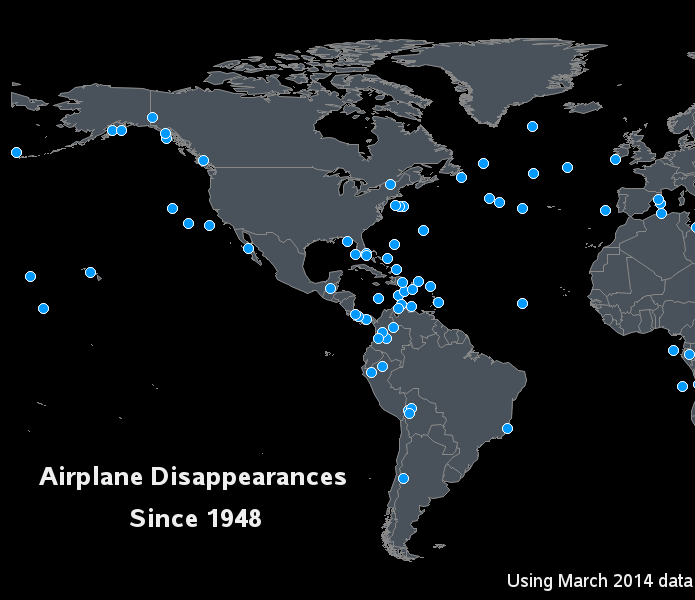
With all the recent news reports about the missing Flight 370, I wondered what other airplanes have disappeared without a trace ... and I used SAS to visualize that data! There was in interesting infographic on the Bloomberg website that sort of answered my question, but their map just had

Are retailers suffering a skills shortage when it comes to analytics? Nikki Baird from Retail Systems Research (RSR Group) offers some intriguing observations about the critical analytical talent shortage facing the retail industry in a recent article, “Where Have All the Data Scientists Gone? SAS Analyst Day Report Out.” Her observations
El 4G camina lento en el mercado mexicano. Pese al aumento en el uso de dispositivos móviles en toda la República, las elevadas tarifas son un obstáculo en el rezago de esta tecnología. Las compañías que deseen potenciar el mercado 4G deberán de ajustar sus planes de consumo a las

Whether to engage sales people in the forecasting process remains hotly debated on LinkedIn. While I have no objection in principle to sales people being involved in the process, I'm very skeptical of the value of doing so. Unless there is solid evidence that input from the sales force has improved
Teller, the normally silent half of the magician duo Penn & Teller, revealed some of magic’s secrets in a Smithsonian Magazine article about how magicians manipulate the human mind. Given the big data-fueled potential of data science to manipulate our decision-making, we should listen to what Teller has to tell
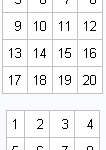
Last month I blogged about defining SAS/IML functions that have default parameter values. This language feature, which was introduced in SAS/IML 12.1, enables you to skip arguments when you call a user-defined function. The same technique enables you to define optional parameters. Inside the function, you can determine whether the
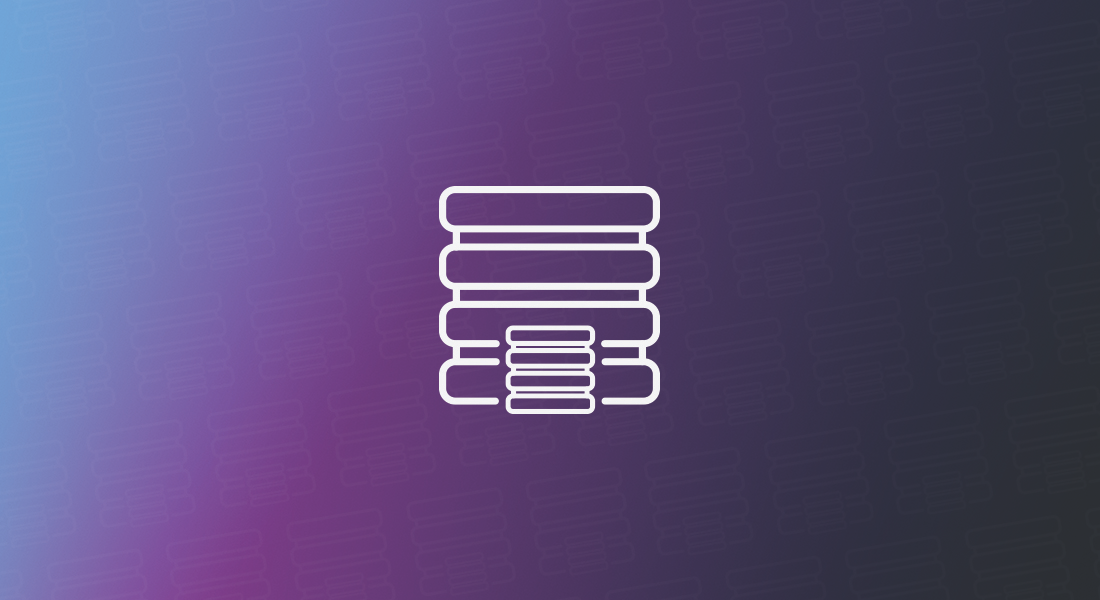
Los tiempos en que el presidente o el gerente general de una compañía tenía que pedir la información crítica del negocio al área encargada y esperar varios días su respuesta, son ahora cosa del pasado. La agilidad que exige el mundo moderno aceleró los procesos administrativos internos de las organizaciones,

Weiterhin bewacht er den Eingang, aber er brüllt nicht mehr, der Löwe vor der Münchener Halle auf der diesjährigen CeBIT. Auf mich wirkt er 2014 eher nachdenklich. Ähnlich geräuschlos wird das Leitthema der diesjährigen Cebit aufgegriffen: Datability, also die Fähigkeit, große Datenmengen in hoher Geschwindigkeit verantwortungsvoll und nachhaltig zu nutzen.

Once again I'll be at SAS Global Forum this year. The 2014 location is Washington, D. C., so I am looking forward to greeting many friends in the government and consulting sectors. I always enjoy talking with SAS customers about statistics, simulations, matrix computations, and the SAS/IML product, so here's
The SAS Global Forum 2014 is just around the corner starting Sunday, March 23 and I am eager to attend creative presentations from SAS users on ODS Graphics. Adoption of SG procedures, GTL and ODS Graphics Designer is growing among users and I see many promising papers. Papers by users: Something for Nothing!

After decades of trying to "manage" and "control" quality, manufacturers continue to struggle with consistently achieving quality excellence. To conquer the realities of today's marketplace and achieve quality excellence, manufacturers need to adopt an analytic approach to quality. The basic objective of manufacturers hasn't changed since the beginning - produce
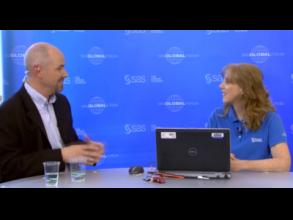
For the third year now, I'll be hosting the SAS Tech Talk shows at SAS Global Forum. (Since I've been invited back I can assume that I'm more of an Ellen DeGeneres than a Seth MacFarlane.) These shows feature SAS technical experts (mostly from SAS R&D) who are prepared to

The SAS/IML language has several functions for finding the unions, intersections, and differences between sets. In fact, two of my favorite utility functions are the UNIQUE function, which returns the unique elements in a matrix, and the SETDIF function, which returns the elements that are in one vector and not

A recurring question among business forecasters is how to incorporate input from the sales force. We discussed this last year in The BFD post "Role of the sales force in forecasting." But the question came up again this week in the Institute of Business Forecasting discussion group on LinkedIn, where

The odds may not be in your favor, but SAS Analytics could help you win a huge prize. As you may have heard, billionaire philanthropist Warren Buffett and Cleveland Cavaliers owner Dan Gilbert have teamed up to offer $1 billion to anyone who can create a perfect NCAA March Madness

Many geeky mathematical people celebrate "pi day" on March 14, because the date is written 3/14 in the US, which is evocative of the decimal representation of π = 3.14.... Most people are familiar with the decimal representation of π. The media occasionally reports on a new computational tour-de-force that





















